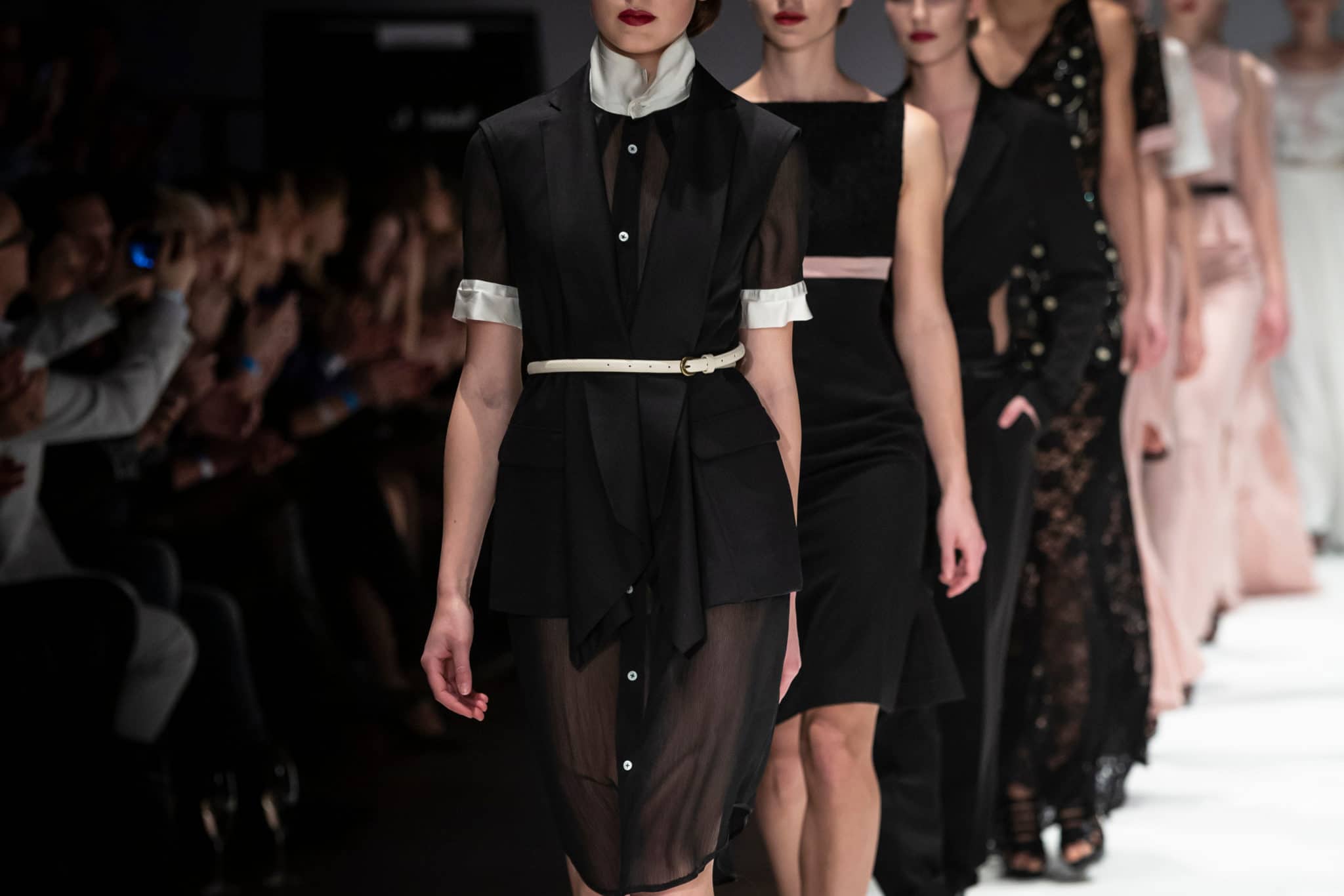Modelling with Autism
Many would think that the fashion world would not be well-suited to those with autism. Fashion shows can be crowded and loud, and the hectic lifestyle of a top model can be overwhelming. However, those people would be wrong; those with autism have just as much chance of success as those without.
There are plenty of successful top models with autism and many of them have spoken out about their experiences in the industry in order to educate and inspire.
Read on for some truly amazing personal stories from top models with autism.
What is Autism?
Autism is not an illness; it simply means that your brain works differently from other peoples. There are different levels of autism (known as a ‘spectrum’), but some people with a higher level of autism may:
- Struggle to communicate with others
- Struggle to empathise with other people
- Find it difficult to be around bright lights, large crowds or noisy places
- Find it difficult to be in new places or experience new things
- Do the same things repetitively
- Take longer to understand information
Some people with autism may need support in certain areas of their life, while others need little to no support.
RJ Peete’s Story
At age 3, Rodney James “RJ” Peete was diagnosed with autism. His autism affects his ability to communicate and doctor’s warned his parents that he would struggle in life.
In 2016, RJ was asked to appear in a magazine feature about living with autism shot by photographer Andrew Macpherson. The outcome was incredible with professional shots that could easily be mistaken for a top model with years of experience. Mcpherson was very impressed with RJ’s performance, claiming that he was “incredibly self-aware” throughout the shoot.
RJ is exceeding the low expectations put upon him as a child by professionals. As well as modelling, RJ writes and performs his own rap songs – a talent that doctors thought he would never have.
RJ sends a message to all children who are on the autistic spectrum:
“To all the kids with autism out there, you can do anything you want to.”
Nina Marker Tackles Meaningful Issues
Danish model Nina Marker strives to use her position in the fashion industry to raise awareness.
As a young teen, Nina experienced issues during her education and personal life. At 15, she was diagnosed with Asperger Syndrome, an autism spectrum disorder. Unfortunately, the education system was not able to support her.
Nina was discovered in a McDonalds aged 16 and has now modelled for some of the world’s biggest brands including Chanel, Stella McCartney and Dolce & Gabanna. She regularly speaks out about her experiences with autism in the hopes of helping others on the autism spectrum.
Nina believes that creating awareness and an understanding in society will help children to be diagnosed and helped much earlier in life.
Nina has not let her diagnosis of Asperger’s syndrome stop her. She famously wore a t-shirt on her Instagram account that read ‘Bee Kind, I Have Autism’.
Nina states: “It’s possible for us to be successful and have a good time. Stay safe and protect your mind.”
Heather Kuzmich Competed in America’s Next Top Model
Back in 2007, Heather Kuzmich took part in the modelling competition America’s Next Top Model. She did not let her diagnosis of Asperger’s Syndrome stop her from competing. Even though she struggled with social interaction and making eye contact, she refused to let this be a barrier to her potential.
Autism was far less on people’s radars back then, so it was a very courageous thing for Heather to do. Heather allowed her struggles to be aired on TV where they could be viewed and discussed by a wider audience.
Despite her difficulties to hold eye contact and the jibes she received from fellow contestants, Heather had a raw connection with the camera. She was also voted the viewer’s favourite eight consecutive times.
Heather was the fourth runner-up on the show. She has continued to model, even featuring on the cover of Spectrum Magazine, a magazine designed for those with autism and their families.
Heather never let her autism stand in her way. She has had multiple talk show appearances and continues to speak out about her experiences.
Modelling with Autism
Every situation is different and it is up to you as a parent or adult to decide if you or your child would be suited to the industry. These three amazing role models show that with determination and courage, successful autistic fashion models are a possibility.
It can be difficult and alienating to model with autism. There may be times when people criticise you or misunderstand you. All models, including models without autism, will face rejection in their careers and it is important models can remain positive in the face of negativity.
Every individual is unique and each person will fall at different levels on the spectrum. It is up to each individual to decide whether they can cope with the crowds, social interactions, noise, negativity, rejection and performing required for a career in modelling.
As autistic models continue to speak out about their experiences, more people on the autism spectrum will feel inspired to prevent their diagnosis stopping them achieve their dreams. There may be further education and conversation required to ensure everyone has the patience and knowledge to understand autism, but this is a reality the more autistic models continue to speak out.
